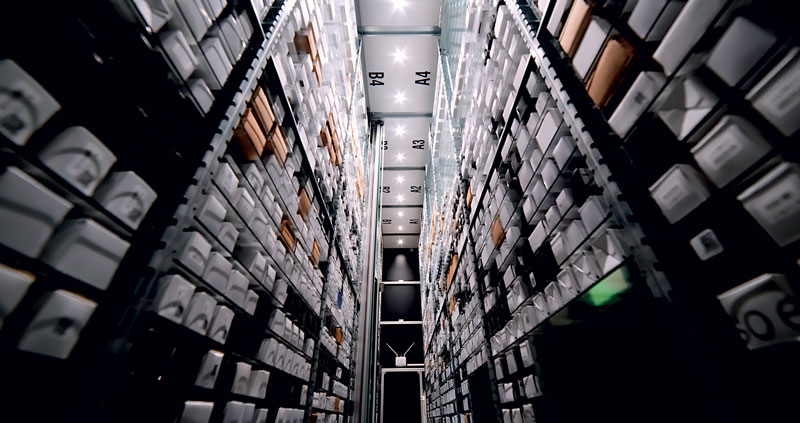Present and future of artificial vision
There are many things which need to be done by a company distributing components for the production of artificial vision systems: it must be able to provide its customers with the best technology available on the market, recommending the right product for the right application; but it must also ensure that its employees have a peaceful place to work, because if those who work are satisfied, the whole company benefits. We talked about this and more with Paolo Longoni and Marco Diani, founders of iMAGE S.
iMAGE S was founded in 1994, in Lombardy, based on the ideas of Paolo Longoni and Marco Diani; they were joined in the management of the company by Milena Longoni and, recently, following entry into the NEXT IMAGING group, by Fabrizio Ricchetti. “Over time we have grown,” Paolo explained, “both in terms of technology and personnel: today we are about 40 people”. iMAGE S has been a pure distributor since its foundation: it offers a wide range of components (multi and hyperspectral cameras, 3D, frame grabbers, illuminators, optics, and more) from 47 brands, resulting in a range of over 60,000 codes. The application sectors are the most diverse, from automotive to food, from aerospace to medical. “The world of vision is quite a niche world,” Longoni continued, “but we have seen that, thanks to the skills existing in this country, we have customers, most of them system integrators, who invent incredible things every day. We have grown thanks to this desire to do things which exists in Italy; we are used to getting things done without anyone’s help. We have a market in the field of vision that can only grow”.
The short- and long-term goal of iMAGE S is to grow, in terms of technology, business and people. Following this idea, in 2019, the year of its 25th anniversary, the new headquarters in Mariano Comense were opened, built with a careful eye to both environmental sustainability and the well-being of workers. The building has been designed and thought out carefully down to the smallest detail: it has an innovative photo-voltaic system, a water treatment system, an air purification system, and is intended to be as self-sufficient as possible in terms of consumption; it also has ample modular spaces. “We installed”, Paolo Longoni said, “charging points for electric and hybrid cars, we became paper-free a few years ago and we set up green areas for our employees. We want people to be happy to come to work, to find themselves in a welcoming place. In this respect, since we do not want to lose people because they do not know where to leave their children, and thanks to an intuition of Milena’s, we are also trying to create an in-house play centre so that they can bring their children with them: unfortunately Italian bureaucracy is not so easy to overcome. We have also thought about flexible working hours to meet different personal needs: with the arrival of Covid-19, we were already structured for smart working and we had no problems”. Regarding the pandemic, initiatives have been put in place to make the work environment safe from an epidemiological standpoint: iMAGE S workers have the opportunity to take a monthly swab or serological test, because they need to protect themselves, their colleagues, but above all their families. “If the worker is happy,” Longoni stated, “we are doing the customer a service, because the work is done with passion and in a more professional way”.
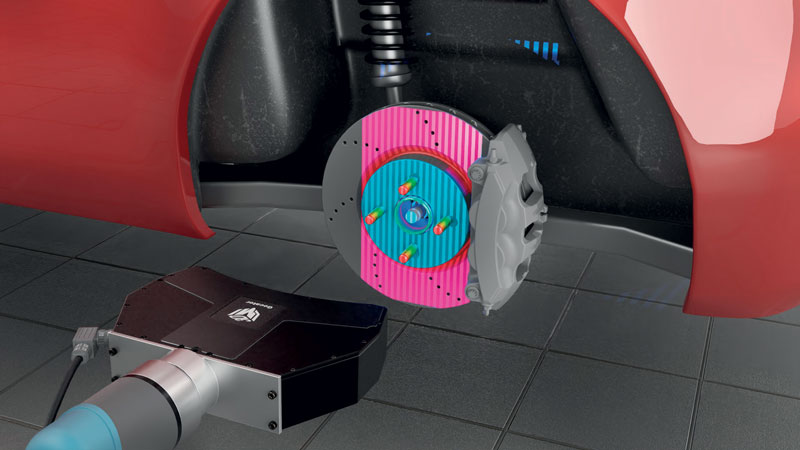
The mission of iMAGE S is not only to improve the work of colleagues, but also to help customers’ production and, why not, improve the work of their employees. “Artificial vision,” Paolo Longoni explained, “aims to replicate what the human eye sees and does: lenses and lights stand in for the eye, and software for the brain. We want to help our customers produce better and with higher quality, supporting the operators who somehow collaborate with the system and get less tired, while at the same time producing less waste. This means, as a consequence, less wastage and less pollution, less scrap, less inventory and better management: in other words, high eco-sustainability, which is a very important point for us”. Without artificial vision, a product would be tested at the end of its production cycle; with this system, on the other hand, there are control steps in the production phase: if the system sees a problem, it interrupts the cycle, it can then correct the error, and consequently there is less waste and less energy used. “Ever since they have existed,” Marco Diani explained, “machine vision systems have been intrinsically 4.0, long before we started talking about it! If we analyse an image, the result does not stay there, but has to be transmitted to a central unit which processes the information. An almost total control of the production cycle”.
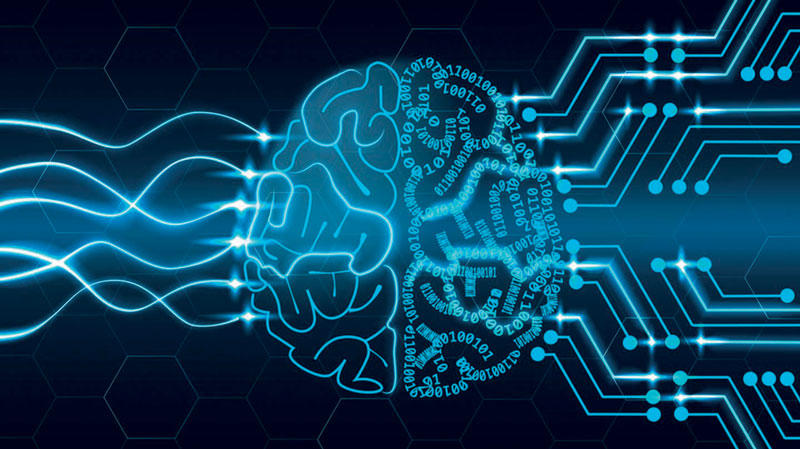
A wide range of applications
With the aim of increasingly optimising production, vision systems are being used more and more and have improved over time: speeds and resolutions are increasing, while costs are decreasing. “Companies,” Diani said, “believe more in machine vision: if you want to produce better, you need a vision system; in mechatronics, for instance, it responds to the need for high speed and precision”. In the course of more than 25 years of activity, iMAGE S has seen technology evolve from 1D to the current 3D, which represents an important step towards making extremely accurate measurements in space and not only in a projection of it, and therefore understanding how to improve certain productions. Today, the market is also very interested in multi and hyperspectral technology, which is able to measure the real colour of a product or to measure the chemical properties which go into its composition. Robotic pick & place and MEMS (Micro Electro-Mechanical Systems) technologies, which allow electro-mechanical operations to be performed at the micron level, have given a strong boost to machine vision. “We are always looking for the utmost for our customers,” Paolo Longoni explained, “it is no coincidence that we have a person dedicated to researching new technologies which, in a timeframe of 3-5 years, may be useful for our customers.
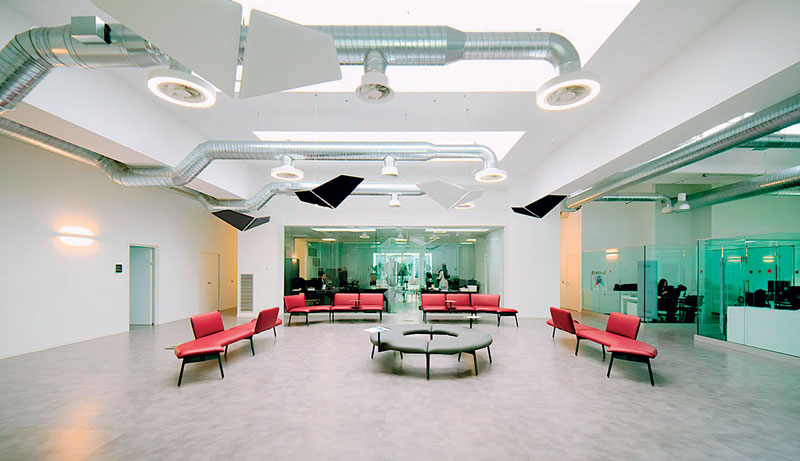
But novelty is not the only priority for iMAGE S: their customer service is well structured, with a team of 11 people, also located in the Jesi, Florence and Frascati offices, who follow customers in after-sales service, even for many years. “When one of our products breaks,” Longoni explained, “the easiest answer would be to buy a new one, especially when it is an obsolete system. But we have chosen a different policy: we prefer to understand what went wrong, if and how we can repair it and how much the operation costs. This is also with a view to sustainability and low waste, as we mentioned earlier”.
The applications are many and very different, a sign of how essential the use of artificial vision systems is becoming in production, but not only. “Our cameras,” Paolo Longoni said, “have been used for 25 years for postal sorting: the systems created by our customers are equipped with software which can read all types of characters, even handwritten ones. For 15 years, however, another diagnostic system, made by another customer, has been used at night to check the integrity of the rails”. The cameras supplied by iMAGE S are also used on people’s skin: in fact there are systems for dermatology, such as those for mapping nevi, and sensors for radiology, which can be tested directly on the premises in a sealed chamber designed specifically for the use of X-rays. “These sensors,” Longoni explained, “are also useful in other areas: they are used to check pipes for liquids and gas, or to check the integrity of wheel rims on cars, where X-rays can detect micro-cracks that are not visible to the human eye, or finally in the food sector to check whether glass splinters have fallen into food containers”. Machine vision applications are therefore expanding more and more, entering areas and performing actions unthinkable years ago. “Thanks to hyperspectral technology,” Marco Diani said, “it is possible to determine the mine of origin of a diamond: these cameras do not look at the image as it is, but break it down into spectral components; in this way you can see the ‘signature’ of the mine. This technology is not new, it has actually been around for many years, but finally the products have been industrialised and can be applied to various applications.”
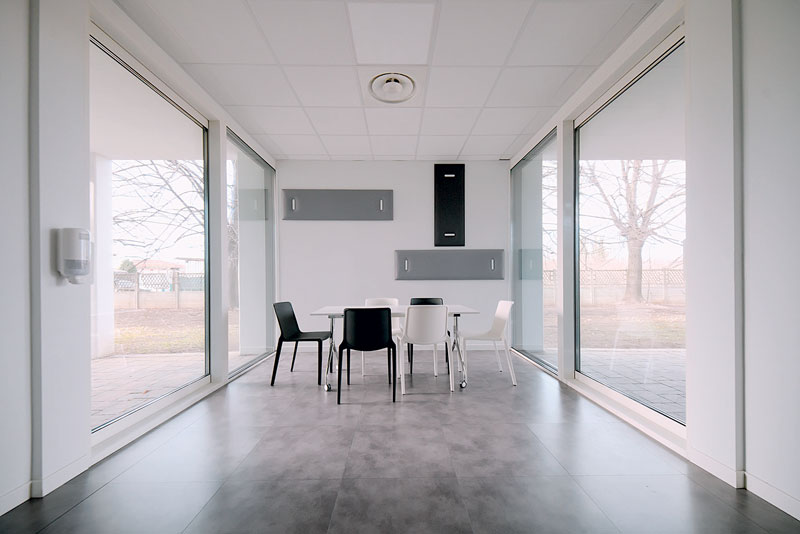
AI, deep learning and machine learning: how important are they in vision?
The market is widening, many technological barriers have been broken down and costs have fallen. What role do artificial intelligence and deep learning play in this context? “Regarding software,” Diani explained, “we talk a lot about artificial intelligence and deep learning, but there are not many applications that use them; I think that deep learning should almost always be associated with more traditional vision software”. Since flexibility is more and more in demand, artificial intelligence will increasingly play a predominant role in many sectors. It becomes very important when grading is required. “We have seen that it is very useful in the food industry as well as in other sectors.” “The big problem in implementing an artificial intelligence system,” Diani explained, “is finding the images to do the training: for example, for some applications we are talking about thousands of images for each defect; creating a database is very difficult, in some cases you can buy them, but you can never be sure they have 100% of the cases”. There is also a lot of work to be done on machine learning, even though it has been around for more than 30 years. “With deep networks,” Marco Diani said, “things have improved, but why they work better than they did in the past is still not entirely clear. We work with the customer to make the right choice with all the technological tools we have at our disposal”.
In any case, technology is advancing and innovation is not stopping: the potential of machine vision, which has already been tested by many companies, will therefore expand even further. iMAGE S is actively involved in university lectures and laboratories in order to spread the culture of vision systems, and is also trying to make them more visible in technical schools by setting up classrooms where students can test these technologies. “This is our vision and that of our market,” Paolo Longoni stated. “We started in 1994 and we have grown more and more: if we have managed to do this we owe it to a product portfolio which is always in step with new technologies, to our customers and, last but not least, to our fantastic team”.

